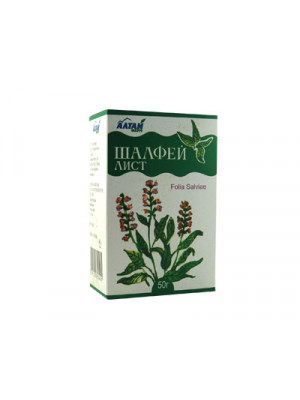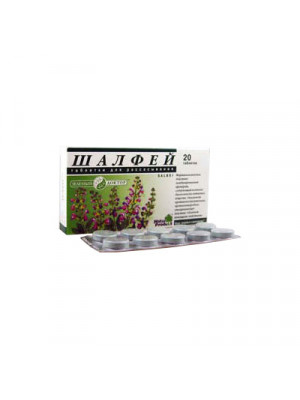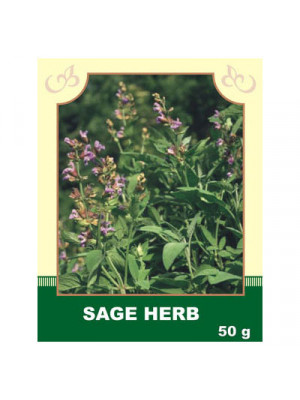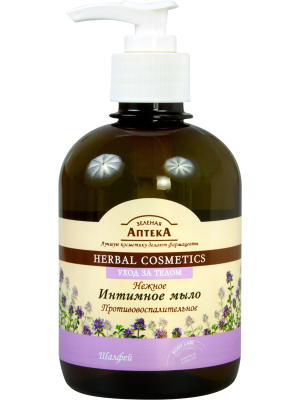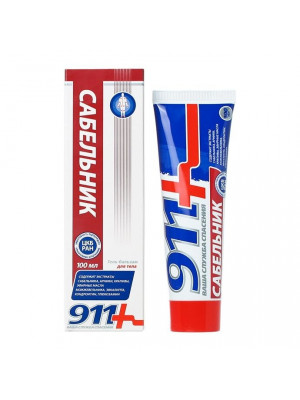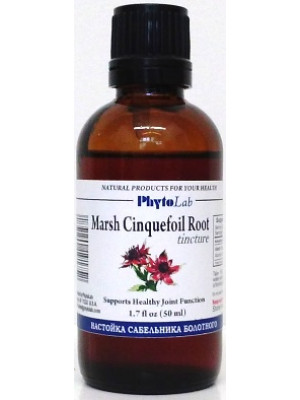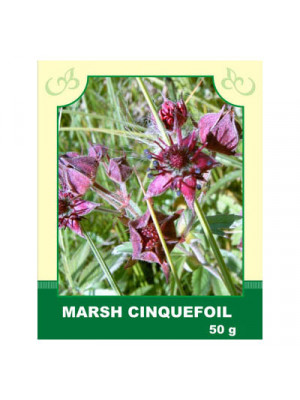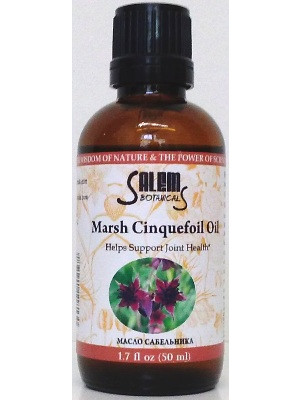Search results for 'sage'
Internal use: Taken for gastrointestinal spasms, inflammation of the gastric mucosa with reduced acidity of gastric juice, peptic ulcer of the stomach and duodenum, inflammation of the gallbladder and urinary bladder, as an expectorant for upper respiratory tract inflammation, to reduce milk formation in nursing mothers, for infertility, and to improve memory. Considered very effective during the menopausal period.
Application and dosage: Pour 1 tablespoon of raw material with 400 ml of boiling water and infuse for 20-30 minutes. Take 1/4 cup 3-4 times a day.
External use: Used for inhalations, rinses, and compresses to treat stomatitis, upper respiratory tract catarrhs, toothache, inflammatory skin conditions, purulent wounds, and for mild burns and frostbite. Use 2-3 tablespoons of finely chopped dry leaves per 500 ml of boiling water.
Contraindications: Individual intolerance, acute nephritis, pregnancy.
$6.99- The Latin name for sage, salvia, means to heal. Modern evidence supports its effects as an anhidrotic, antibiotic, antifungal, astringent, antispasmodic, estrogenic, hypoglycemic, and tonic. Sage extract is used in connection with sprains, swelling, ulcers, and bleeding; for sore throats and coughs. Herbalists have also used this herb for rheumatism, menstrual bleeding, strengthening the nervous system, improving memory, and sharpening senses. Sage extract is recommended for fever. Modern research has demonstrated that sage reduces perspiration by as much as 50 percent. Sage is also an active ingredient in some natural mouthwashes because its tannins are thought to help kill the bacteria that cause gingivitis. Sage extract has traditionally been used to treat canker sores, bleeding gums, sore throat, tonsillitis, and laryngitis.$11.99
Description. The Latin name for sage, salvia, means to heal. Modern evidence supports its effects as an anhidrotic, antibiotic, antifungal, astringent, antispasmodic, estrogenic, hypoglycemic,diuretic and tonic. Ancient physician Hyppocrates considered sage to be a sacred and the most useful herb. For thousands of years sage has been used for a variety of medicinal purposes. It has been used in connection with sprains, swelling, ulcers, and bleeding. As a tea, sage has been administered for sore throats and coughs. Herbalists have also used this herb for rheumatism, menstrual bleeding, liver disorders, strengthening the nervous system, improving memory, and sharpening senses. Sage contains the chemical substances, camphor, and cineole as well as other constituents including rosmarinic acid, tannins, and flavonoids. Even today, in many European countries sage is used medicinally as a gargle for sore throat and inflammation of the mouth and gums. Use. Sage was recommended by herbalists for fever. Modern research has demonstrated that sage reduces perspiration by as much as 50 percent. Sage is also an active ingredient in some natural mouthwashes because its tannins are thought to help kill the bacteria that cause gingivitis. Sage has traditionally been used to treat canker sores, bleeding gums, sore throat, tonsillitis, and laryngitis. Sage has a long history of use for gastrointestinal disorders. It has been shown to help relax muscle spasms in the digestive tract. One German study has found that drinking a sage infusion reduced blood sugar levels in people with diabetes, but only when they took the infusion on an empty stomach. Sage has traditionally been used to promote menstruation; pregnant women should not consume highly concentrated forms of sage.
Attention! Before using any herbal products, make sure that you have full knowledge of how the herb works and any adverse reaction it may cause.$4.99- Very gentle and delicate soap is intended for daily care of the intimate areas with regard to their physiological characteristics. Sage has antiseptic and regenerative properties, soothes the skin. Allantoin softens it. The active components eliminate discomfort and redness, increase the natural level of skin protection. Soap is recommended for daily use as an effective means of personal hygiene. Ensures clean, long-lasting comfort and pleasant freshness. Use: Apply to the skin, rinse with water$8.99
- Sabelnik or "Russian ginseng", contains a large concentration of useful components. The root of this plant has magnesium, potassium, ascorbic acid, carotene and phosphorus. The balm is an analgesic, removes inflammation and swelling. Extract of willow bark, which is also part of the balm, is a powerful analgesic. The drug is perfect for therapeutic massage.$11.99
- Marsh Cinquefoil is an herb of numerous properties. This tincture contains tannins, flavonoids, volatile oil, gums, organic acids, vitamin C, and various microelements such as phosphor, potassium, magnesium, copper. Marsh Cinquefoil is astringent, anti-fever, antiseptic, styptic, antiviral, anesthetic, diaphoretic, antiphlogistic and wound healing. Marsh Cinquefoil is not recommended to be taken by pregnant women, nursing mothers and children. Also helpful in supporting joint health and reducing symptoms of arthritis.$11.99
Internally, it is taken for cardiovascular diseases, gallstone disease, bronchial asthma, acute bronchitis, arthritis, osteoarthritis, toothache, gynecological diseases, dermatitis, and hemorrhoids.
Method of application and dosage: Pour one-third of a half-liter jar of crushed saberfish with vodka, close the vessel tightly, and place it in a dark place. It should infuse at room temperature for at least 3 weeks. The ready tincture is taken 1 tablespoon three times a day before meals, washed down with a small amount of water.
Externally, you can also prepare an oil infusion (extract). Vegetable oil is used instead of vodka for its preparation. The rules for preparing and storing the extract are the same as for the tincture. The oil extract is used for rubbing into sore spots. After rubbing, the affected area is wrapped with a woolen cloth. The procedure is carried out at night.
Contraindications: Pregnant and lactating women, children, and individuals with individual intolerance to the preparation. When taking the tincture, one should avoid getting cold, refrain from eating salty, sour, and spicy foods. Also, do not take any medicines, herbs, or alcohol.
$6.99- Marsh cinquefoil oil has been used for thousands of years by ancient civilizations. Most commonly the oil extracted from the plant has been traditionally used most to help promote healthy bones and support joint health.$9.99


